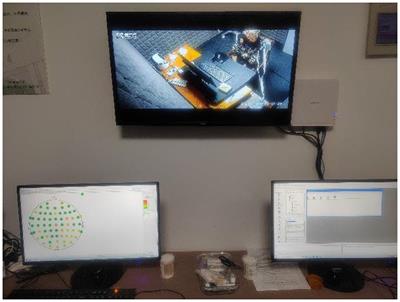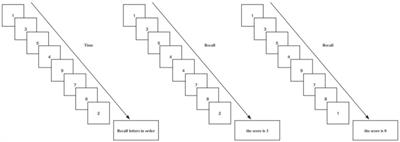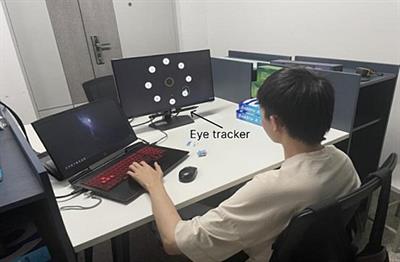EDITORIAL
Accepted on 24 Mar 2025
Editorial: Neuroscience and Emotional Design
doi 10.3389/fnhum.2025.1591488
2,041
Total downloads
11k
Total views and downloads
EDITORIAL
Accepted on 24 Mar 2025
ORIGINAL RESEARCH
Published on 15 Oct 2024

ORIGINAL RESEARCH
Published on 10 Jul 2024

HYPOTHESIS AND THEORY
Published on 25 Jun 2024

ORIGINAL RESEARCH
Published on 22 Mar 2024

ORIGINAL RESEARCH
Published on 20 Sep 2023
